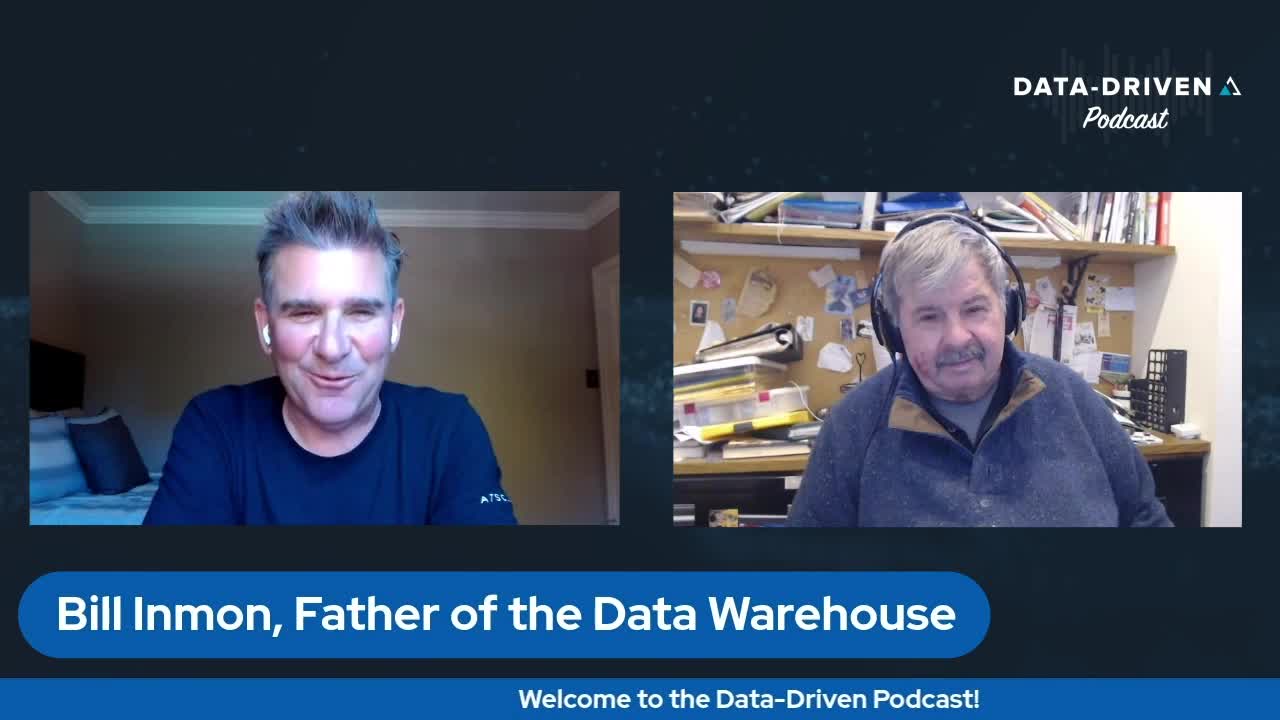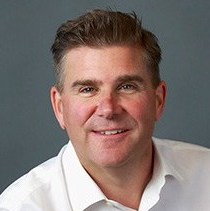Listen to Bill Inmon discuss the future of Data Warehousing and the importance of Data Lakehouse as self-service architecture to operationalize valuable information that’s historically been tied up for Enterprises. He shares his thoughts on Ralph Kimball and the difference between Data Marts and Data Warehousing, and the next step in the evolution of data architecture with a Data Lakehouse.
Transcript
Dave Mariani: Hi everyone. And welcome to AtScale’s Data-Driven Podcast. Today, we have a very special guest, Bill Inmon, the father of the data warehouse. Bill, thanks so much for joining the podcast today.
Bill Inmon: It’s my pleasure to be here.
Dave Mariani: Great, great, well, Bill, you know, everybody who’s been in data and analytics knows of Bill Inmon and all your, writings and all your research and what you’ve done for data warehousing over the years. me...



